Use these tips for growing cauliflower to add this delicious vegetable to your garden this year.
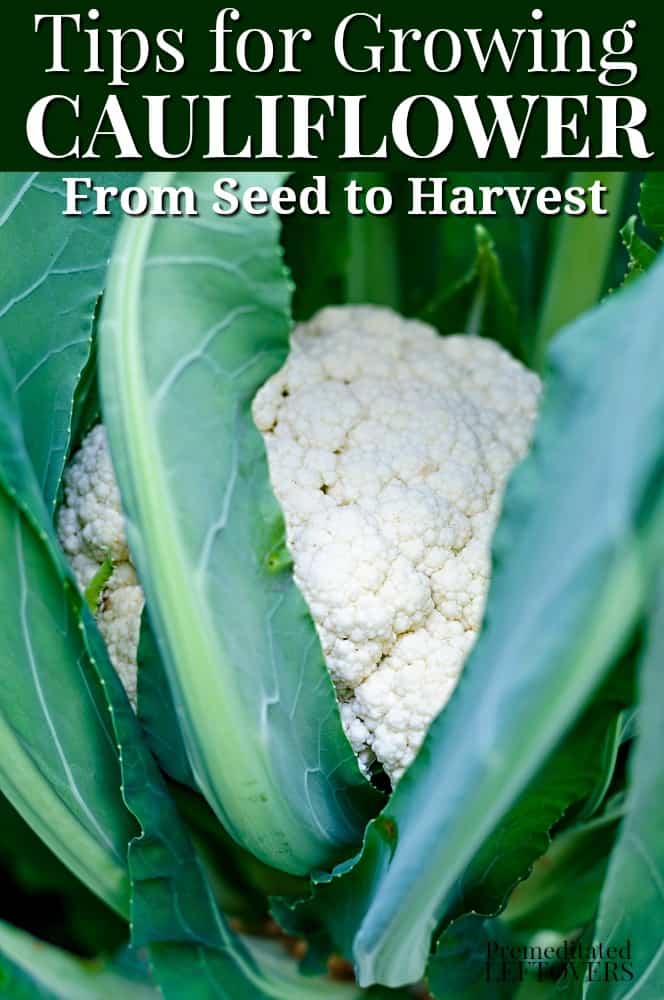
If you are a fan of cauliflower, you might want to consider growing your own. After all, how tasty is cauliflower with melted cheese, or roasted in the oven with herbs? If you want to try growing your own cauliflower this year so you always have it on hand, take a look below at tips for growing cauliflower in your garden. While growing your own cauliflower takes a little work, you will find that the end result is well worth it.
Tips for Growing Cauliflower in Your Garden
You can start growing cauliflower from seed or by buying seedlings at your local garden center. When starting cauliflower from seed, we lean towards buying organic seeds, but some people prefer the seeds for a fast-growing hybrid. Fast in cauliflower terms means it still takes 52 – 55 days to get a head of cauliflower, so if you start from seed, use the directions below to start them indoors.
How to start cauliflower from seed:
Cauliflower is a slow growing plant, so starting seeds indoors is advised. Use seed starters to get the seeds germinating early. Plant your seeds in starters ½ an inch deep, and in rows that are about 4-6 inches apart. Be generous with your plantings, as you can always thin out the weaker plants later.
How to transplant cauliflower seedlings:
When your seedlings are a few inches tall, and the spring is still young, you can transplant your seedlings outdoors. Choose an area with clean, rich soil and moderate sunlight. When transplanting your cauliflower seedlings, plant them 6-8 inches apart and in rows that are at least a foot apart. This way, you can easily access the cauliflower heads when it is time to harvest.
How to care for cauliflower seedlings:
Once you transplant the seedlings, they will need your regular care. They require regular fertilizing, so be sure to feed them every 4-6 weeks. A phosphate rich fertilizer is preferred by cauliflower and can really help them reach their full potential. The seedlings require moist soil, but do not do well in standing water. Water every few days in short spurts to make sure they get the hydration they need.
Remember, seedlings can always be thinned out if overcrowding seems to be an issue. Just weed out the weaker of the seedlings and leave the stronger.
General tips for producing a good crop:
Cauliflower will attract a variety of pests and wildlife, so be sure you check for pests regularly and hand remove them. You also want to be sure to have netting or fencing in place to keep animals out. Also, don’t be afraid of fertilizer. Cauliflower is a slow growing plant and it can use the help that fertilizers offer.
While cauliflower is a cool weather plant, extreme frost can cause damage to it. If you are expecting and extreme drop in temperatures, you may wish to cover your plants until the threat has passed.
When and how to harvest cauliflower:
Harvesting cauliflower requires a few steps. First, when the heads of the plant are about 3 inches in diameter, take some twine and tie all of the leaves together. This will help the head get more exposure. And “blanch.” When the head reaches about 6-8 inches in diameter, it can be cut at the base.
Now that your cauliflower is harvested, you just need to figure out how to serve it! As you will find, you have so many tasty options.
Give these tips for growing cauliflower a try and see what fun growing this tasty vegetable can be.
More Vegetable Growing Tips
- Tips for Growing Peas
- Tips for Growing Spinach
- Tips for Growing Cabbage
- Tips for Growing Parsnips
- How to Grow Radishes
- Tips for Growing Swiss Chard
- Tips for Growing Brussels Sprouts
- Tips for Growing Heirloom Tomatoes
- Tips for Growing Kale in Your Garden
- Secrets to Growing Summer Squash
- Tips for Growing Arugula in Your Garden
- Tips for Growing Broccoli in Your Garden
- Tips for Growing Beets in Your Garden
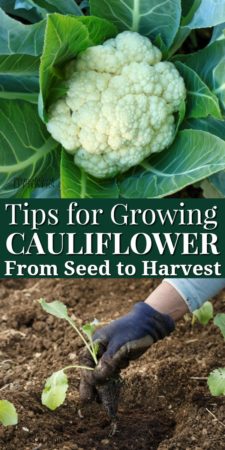
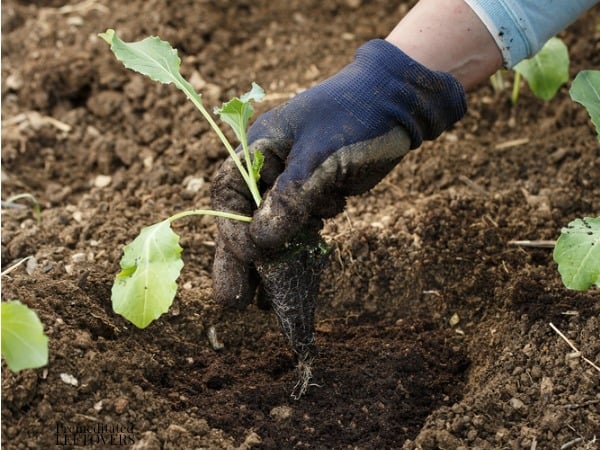
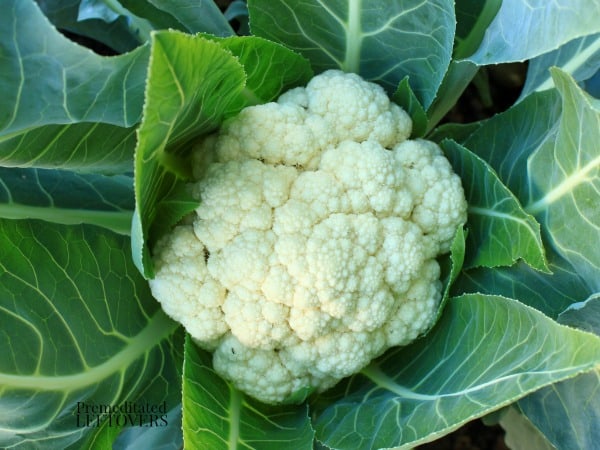
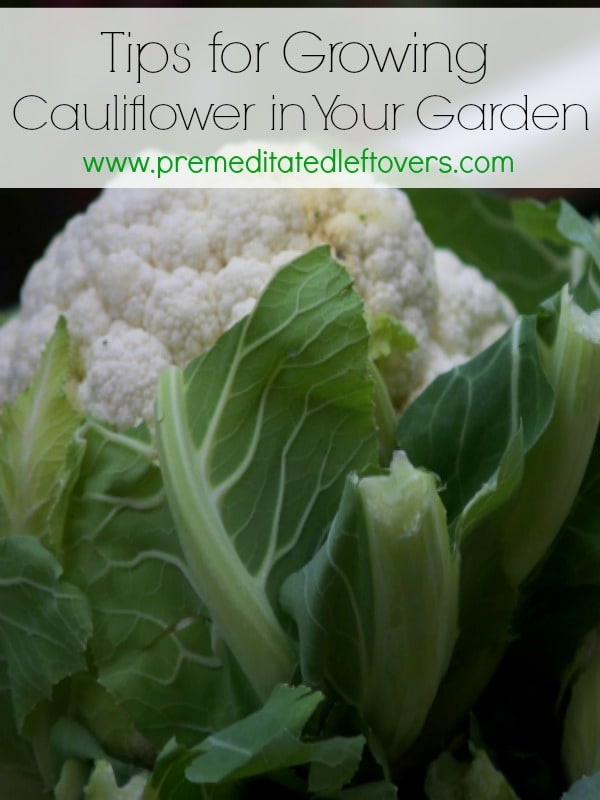

Katie says
Does a frost hurt cauliflower?